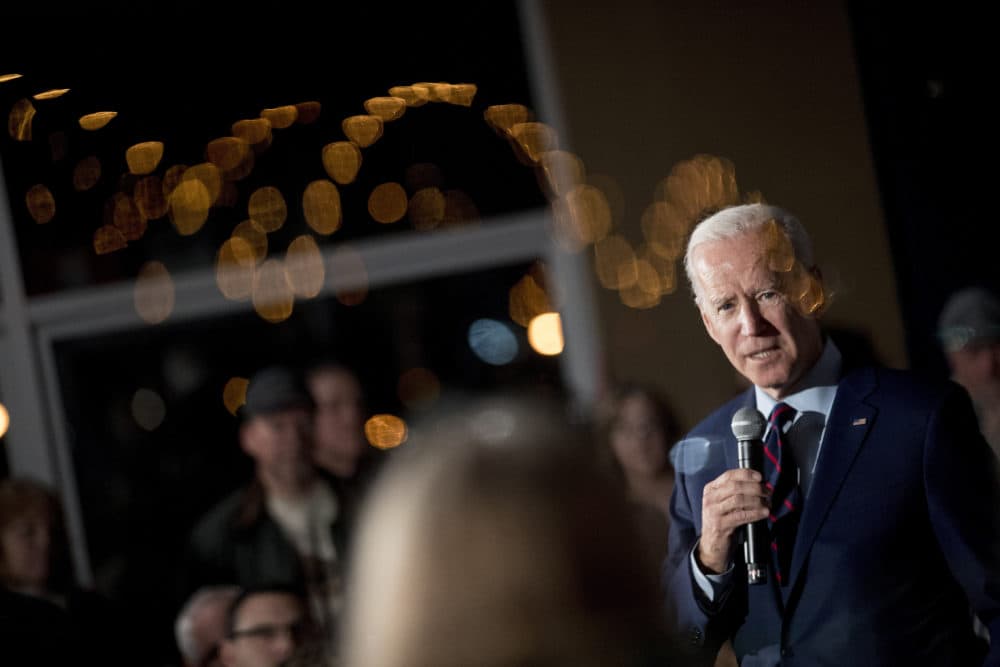Advertisement
Commentary
Why Democrats’ Obsession With Electability Could Backfire

As we charge into the presidential primary season, one thing is abundantly clear: in poll after poll, Democrats list “the ability to beat Donald Trump” as their top priority in choosing a candidate.
Nothing else even comes close.
Yet this obsession with electability could easily backfire because it rests on a tremendously flawed assumption: that a defined group of moderate “swing” voters will decide the general election, so whichever Democrat appeals to those voters must, therefore, be the most electable.
The problem? Swing voters aren’t who we think they are.
First, swing voters aren’t necessarily moderates. As Lee Drutman of FiveThirtyEight has written, “moderate, independent and undecided voters are not the same,” so we shouldn’t conflate the terms and we certainly shouldn’t over-estimate how many general-election voters are both moderate and undecided. Drutman calculates that moderate undecideds make up a mere 2.9% of the electorate, which equates to only about 4 million of the 139 million voters who cast a ballot in the 2016 election.
Second, swing voters aren’t necessarily ideological. Not all voters view politics on a left-to-right ideological spectrum. Rather, many now express their political views along an establishment versus anti-establishment continuum, identifying as either cultural, ethnic, or economic insiders or outsiders.
Democrats’ obsession with tactical voting and electability has them stuck in game theory hell
Using 70 years of election data from the United States, the United Kingdom and France, the celebrated political economist Thomas Piketty argues that globalization and increased inequality have led to a “bifurcated” electorate. Significant blocks of swing voters are more attracted to the anti-establishment left (radical egalitarianism) and the anti-establishment right (authoritarian populism) than to establishment centrism.
Perhaps this is one reason why Joe Biden and Bernie Sanders (two ideologically opposite Democrats) often poll best in head-to-head match-ups against Donald Trump: they are appealing to completely different sets of swing voters. Political scientist Stephen Utych has quantified this phenomenon. His research shows that “ideologically extreme” candidates are now just as likely to be elected as political moderates.
Third, swing voters aren’t necessarily even frequent or reliable voters. When political prognosticators only focus on people who have voted in previous elections, they completely ignore one-third of the potential electorate.
Advertisement
A whopping 61 million registered voters skipped the 2016 presidential election, a number that dwarfs the mere 4 million moderate undecideds. Granted, many of those 61 million will never vote, but what if just 10% of them are pulled off the sidelines? With those numbers, non-voters may have a greater claim to the “swing voter” mantle than undecided moderates do, and a candidate who appeals to those infrequent voters could easily be more “electable” than we think. (And this doesn’t even factor in the additional 35 million eligible voters who are not yet registered.)
So where does this leave us?
Put simply, Democrats’ obsession with tactical voting and electability has them stuck in game theory hell, where nobody plans to vote for their favorite primary candidate because everybody is trying to vote for the person we think our neighbors will like best in the general election. (Meanwhile, our neighbors are planning to vote for the person they think we will like best.)
Here’s a thoroughly radical idea: just vote for the person you think will make the best president of the United States
Moreover, outdated notions of swing voters may cause Democrats to strategically support moderates in the primary, while ignoring the potentially larger pools of non-voters and anti-establishment voters who could ultimately swing the general election. And while the best path to victory is uncertain, what is abundantly clear is that political moderates are unlikely to be the electoral panacea we think they are.
So, should Democrats simply embrace a more nuanced form of tactical voting?
No.
With all the factors at play, it’s a fool’s errand to think anybody can predict who will be most electable 10 months from now, especially as Americans realign ourselves along new social and political lines with dizzying speed.
Instead, here’s a thoroughly radical idea: just vote for the person you think will make the best president of the United States. At the very least, it’s a question we can all answer with some degree of certainty in an increasingly uncertain political environment.
